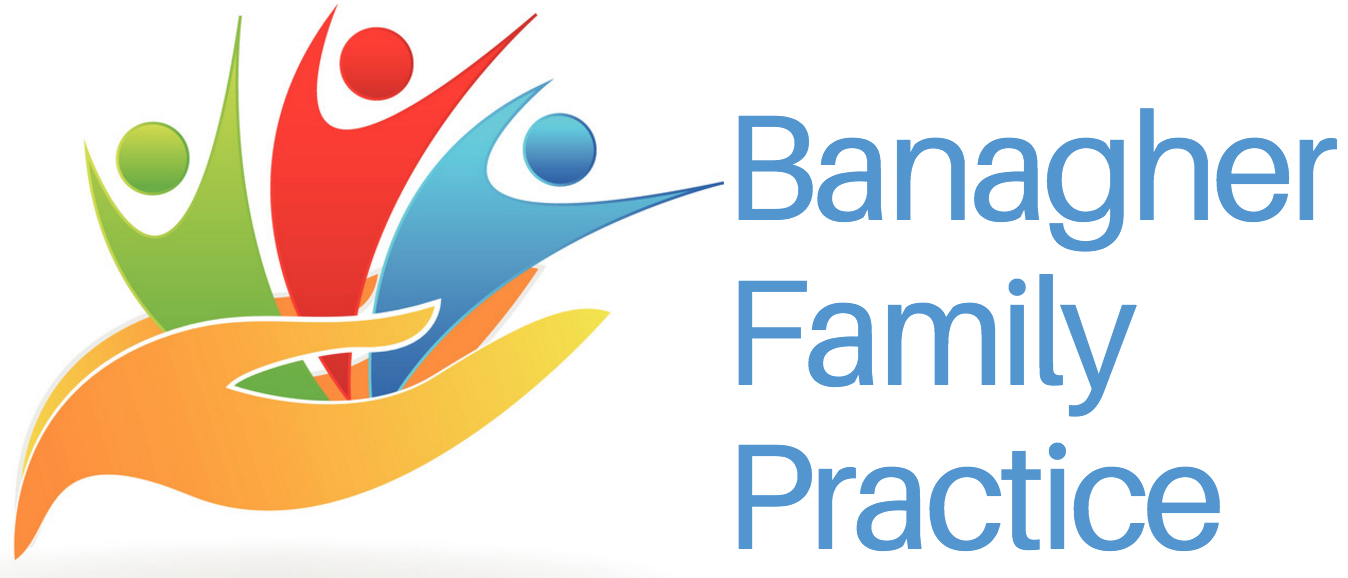Your baby or child has been diagnosed with oral thrush. Oral thrush causes white patches around their mouth that won't easily rub off or are red, raw or bleed.
Thrush is a fungal infection caused by a yeast called candida albicans. Oral thrush in babies and children means that the infection is in their mouth. Thrush causes creamy white lesions, usually on your baby’s tongue or inner cheeks. Sometimes ora thrush may spread to the roof of your baby’s mouth, gums or tonsils, or the back of the throat. An oral thrush infection can also cause a pimply red rash in the nappy area.
Not all babies with oral thrush will have symptoms.
If your child refuses to eat, or baby refuses to feed, check their mouth for any white patches. Try to wipe them off with a clean handkerchief.
Your child probably has oral thrush if any of the following are true:
• you can't easily rub the patches off
• the patches are red or raw underneath
• the patches bleed
Causes
Healthy people have this yeast in their mouths and intestines. It doesn't normally cause problems. But in babies it can overgrow and lead to an infection. This is because a baby's immune system has not developed enough.
An overgrowth of yeast can also happen if your child has been on antibiotics. This is because antibiotics can kill "good" bacteria that keep candida from growing.
Treatment
If your baby needs treatment, the GP will prescribe a liquid antifungal medication. This will kill the fungus in your baby's mouth. If the infection has not cleared after 7 days, contact us again. We may continue treatment for a further 7 days. Or they may prescribe another antifungal medicine.
If your baby has oral thrush and you are breastfeeding, speak to your GP. You could get nipple thrush but your GP can prescribe cream to treat or prevent this.
If your child has oral thrush:
• feed them mild foods
• keep their hands clean so that the infection does not spread
• sterilise any dummies regularly, as well as any toys they put in their mouth, such as teething rings
• sterilise any bottles and other feeding equipment regularly, especially the teats
• wash your hands after changing nappies
